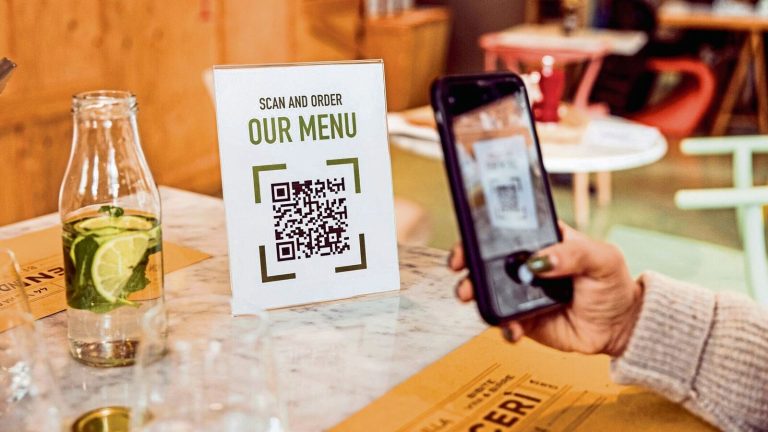After the Delhi High Court barred restaurants from levying the 10% optional fee, many outlets and chains are incorporating an equivalent hike into their menu prices. The increase could be higher in malls or premium areas, where rent agreements are tied to revenues. Usually, most eateries take about a 5% annual hike to offset rising input costs.
“Ideally, restaurants would have liked to increase prices by around 15–20% this year to account for both food inflation and the removal of the service charge. But that’s not feasible right now — customers won’t pay that much more, especially when demand has slowed and the industry is already seeing a bit of a slump,” said Sagar J. Daryani, president of the National Restaurant Association of India (NRAI) and co-founder of quick service chain Wow! Momo. The association represents about five lakh restaurants in the country.
Casual dining chains have already begun reprinting menus with revised rates.
Also read | Small restaurants, cloud kitchens heating up competition: Rakesh Ranjan, CEO, Food Delivery, Zomato
“Yes, we are having to increase our prices and are in the process of reprinting our menus. In our case, consumers will not pay any more than they were paying earlier,” said Zorawar Kalra, founder and managing director at Massive Restaurants, which operates chains including Farzi Cafe, Masala Library, BO-TAI and Papaya. “But we absorb a lot of the food inflation costs, so the overall bill will remain exactly the same.”
However, he said, the price increase will vary based on the location due to revenue-share agreements with certain landlords. “Since India lacks a robust tipping culture, we are not expecting much in terms of tips either.”
In Mumbai, Chrome Asia Hospitality, which operates Gigi, Lyla, Eve, Kaia, Donna Deli and other outlets, is also increasing menu pricing.
“There is no tipping culture in India so we will have to take a price increase of 10% at our mid-market brands,” said founder Pawan Shahri. “But at the premium outlets, we’ll request permission from guests to include a voluntary service charge, and if they’re comfortable with it, we will add it.”
Eating out at hotels is already pricier. From 1 April, restaurants inside hotels which charged more than ₹7,500 a room a night last year will now have to levy 18% GST on food bills instead of 5%.
Read this | The beef restaurants have with Swiggy, Blinkit isn’t just on quick food delivery
India’s overall organized restaurant sector accounts for 1.9% of the country’s GDP and contributes around 1.5% to the annual GST collections, according to industry estimates. Higher prices come with the risk of deterring consumers amid ongoing uncertainty.
There is already some stress on consumer spending, according to Pranav Rungta, director of Mint Hospitality, which runs Tamak and Nksha restaurants in Mumbai. “There is a reduction in spend per visit, but there isn’t a reduction in the number of visits. People are still going out but not spending as they used to.”
To be sure, the overall food services market is projected to grow from ₹5.69 trillion in 2024 to ₹7.76 trillion by 2028, expanding at a compound annual growth rate of 8.1%, according to a July 2024 report.
Diners fear double-tipping
Regular diners fear prices will be inflated much more than expected.
What was earlier an “optional” service charge is now being built into the cost of the food. If the service is bad, customers won’t be able to complain or contest it, ensuring that the 10% remains standardised, according to Gautam Lamba, 37, a Mumbai-based restaurant-goer. Over and above, he said, servers will also expect an additional tip after the meal.
Also read | Hotels push for GST parity with standalone restaurants
“There’s a real possibility of double tipping now,” said another regular diner, Ankita Sharma from Delhi. “You pay more for the food, and then you tip again because there’s no service charge anymore.”
Some restaurants in the capital that Mint visited in the last few weeks have still not taken the service charge off their final bill. The service charge is typically added to the bill at cafes, pubs, bars, lounges, and casual and fine-dining outlets. In FY24, casual dining held the largest share in the organised food segment, accounting for 48.6%.
Employees to take a hit
Restaurateurs believe the bar on service change will impact employees.
In most restaurants, staff earnings include both fixed salaries and variable pay, which has a significant contribution from service charge, according to Rungta of Mint Hospitality.
Read this | Restaurants look to score big on World Cup cheer
“Removing the service charge will directly hit their income. Restaurants will have to revise their financials, raise menu prices, and still ensure staff are paid fairly—otherwise, it’ll be very difficult to retain them,” Rungta said. “But one way or another, the cost will still fall on the consumer. Earlier, it was paid transparently through the service charge, and diners usually didn’t tip on top of that. Now, restaurants will be forced to raise prices, and customers may end up tipping in addition.”
According to the NRAI, the restaurant sector directly employs 85.5 lakh people, and the number is estimated to increase by over 20% by 2028.
“The move (to bar service charge) was too sudden and took time to re-align everything,” said Rungta. “Those with revenue-share contracts or rent-sharing agreements with landlords based on a restaurant’s revenue will also have to re-negotiate if they take up prices.”
And read | Casual dining sector faces ‘cloud landlord’, inflation and other mounting cost challenges


